Parametric Estates: 2014 Urban Design Futures for Singapore's Public Housing
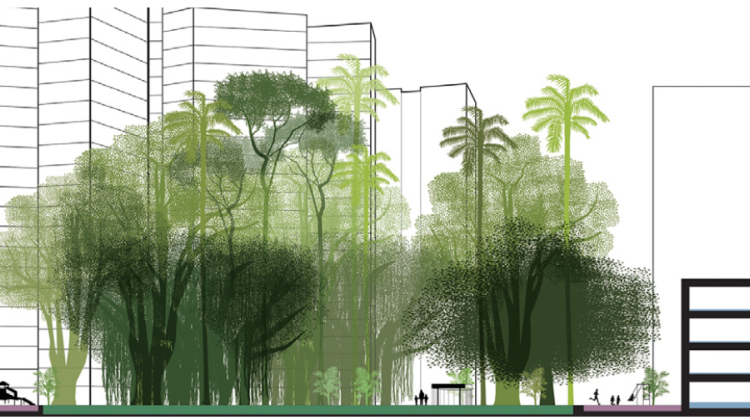
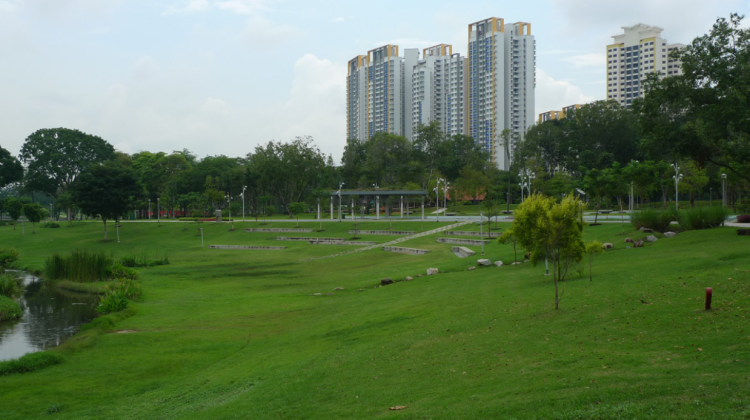
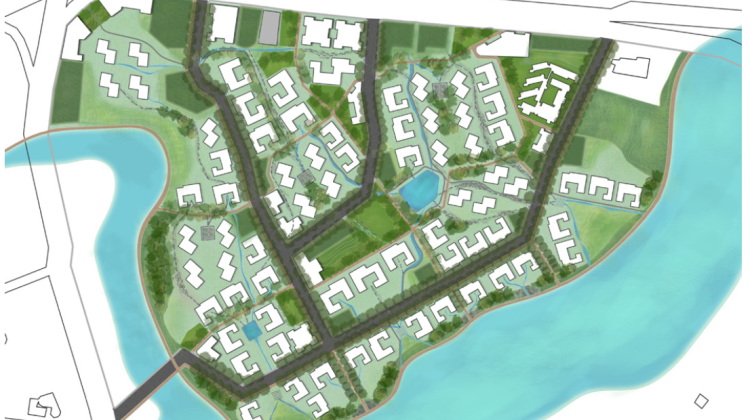


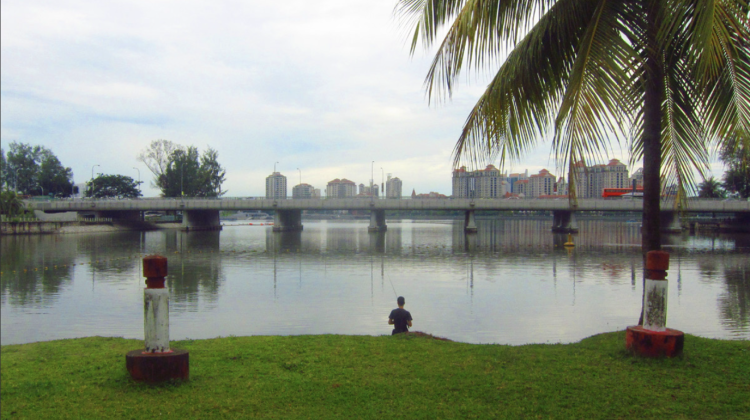
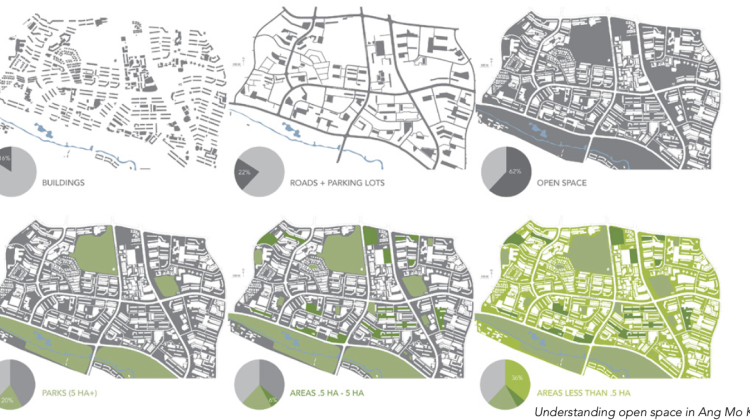
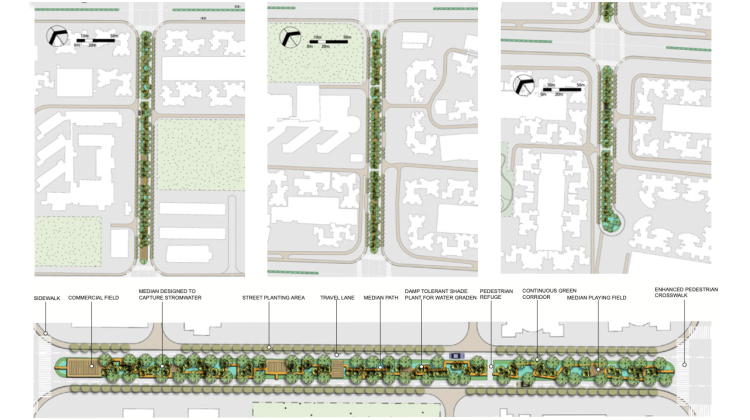
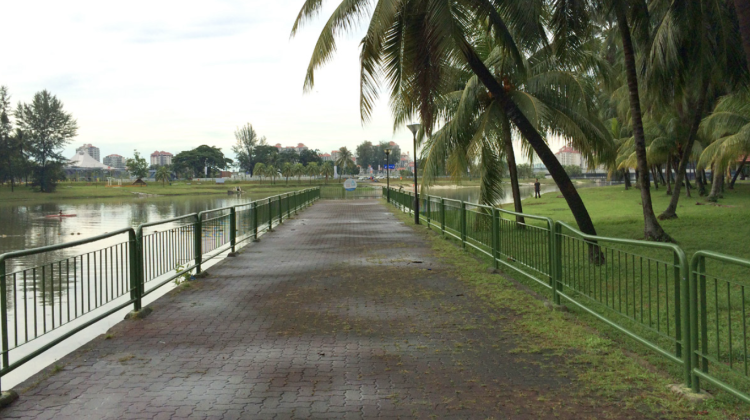
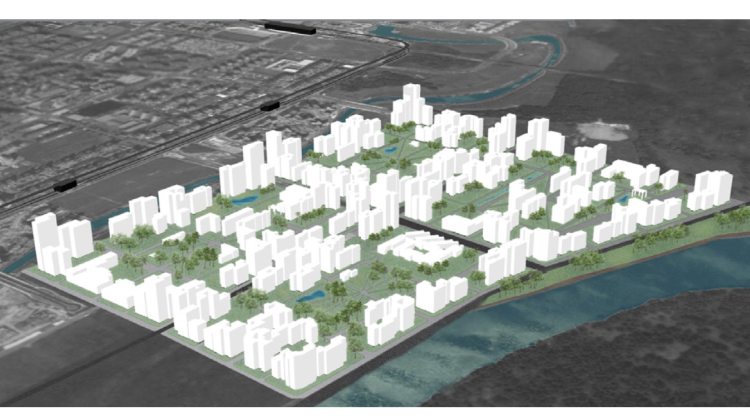
Singapore’s well-being is closely associated with the management of its built environment. Singapore’s prosperity and its well-managed built environment are one and the same. Perhaps the largest-scale realization of planning success are Singapore’s public housing estates. This is vast in scale, with over one million flats located in twenty-five estates around the island. 80 percent of Singaporean citizens live in public housing, and over 90 percent of those dwellers own their flats.
With a growing population projected for 2030, significant planning on a national scale is needed in order to ensure adequate numbers of public housing units. Yet the expectations of Singapore’s public housing residents is always changing. Space standards increase and competition from the private market grows. Wear and tear on older estates offer opportunities to revise now-dated design models, as well as improve the quality of life for older, poorer Singaporeans. Urban design innovation in Singapore is both desirable and required.
The Fall 2014 MIT Urban Design Studio PARAMETRIC ESTATES took a novel approach, called parametric urbanism, to improving the design of Singapore’s public housing. Participants identified and improved individual variables of the built environment in two existing estate, Ang Mo Kio and Punggol, and then tested out new build approaches on a smaller site in the Kallang river basin. This report demonstrates the creativity of studio participants and the tremendous design opportunities available for Singapore public housing.


